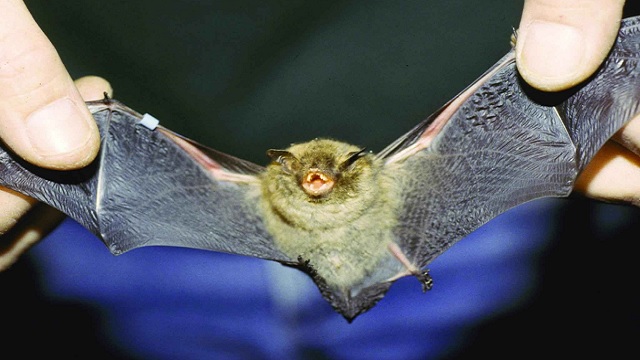The global pandemic caused by the novel corona virus took the world by storm and has disturbed many live in the past two years. Although, the virus was invented in a lab, the world remains a witness as it is speculated that the microbe had bat DNA in it. However, now, a new modelling study has estimated that the ongoing climate change could further risk of such infectious diseases jumping from animals to humans. The said will increase more in the coming years, especially in Southeast Asia.
According to a report published in ‘Nature’ on Thursday, more than 15,000 new cross-species viral transmissions might possibly take place by 2070, especially in the tropical regions of Asia and Africa.
With the climate warming up and deforestation continuing, many animal species will be forced to adapt new environments. The parasites and pathogens of these animals will encounter other species with whom they never had any interactions before.
Dr Colin Carlson from Georgetown University stated, “The coming decade will not only be hotter, but sicker too. No matter what simulation we do (temperature rise), we find that climate change is creating innumerable hotspots for emergence of infectious diseases.”
“We need to acknowledge these pandemic risks, and have health systems, which are ready to face them,” he added.
According to the latest study, scientist have been warning all along that the change in balance and order of climate occurring in the coming years could become the dominant force for increased risk of transmission of infectious diseases to humans.
Thousands of virus species, a vast majority of which are circulating silently in wild mammals, are believed to prove dangerously infectious for humans. Due to the geographical shift, the chances of such virus spreading to human kind is increasing rapidly.
Researchers from Washington’s Georgetown University have stated in their studies that the geographical ranges concludes more than 3,870 mammal species, and the numbers might change by 2070 due to different climate scenarios. By using a mammalian viral sharing patterns, the researchers mapped the potential hotspots (That speculates where a species may or may not migrate to if warming continues) to predict about the potential cross-species viral transmission in almost 3,139 animals.
These encounters between animals are likely to occur everywhere in the world. But, it will be concentrated in areas of high human population density, most probably in tropical Africa and southeast Asia. The team of researchers further noted, “Even in the best case scenario, geographic ranges (where a certain species can be found) are projected to shift a hundred kilometres or more in the next century, as species move miles to survive and keep pace with climate change.”
It is to be noted that, most of these interactions are predicted to be driven by bats– which have a unique dispersal capacity. They are known to harbour viruses with a high chance of being transmissible to humans. Even non-migratory bats can travel hundreds of kilometres within a lifetime. Hence, their unique flying capacity adds on to the question what small mammals might be able to cover in 50 years?
“Just as simian immunodeficiency virus making a host jump from monkeys to chimpanzees and gorillas facilitated the origins of HIV, or SARS-CoV spill over into civets perhaps allowed a bat virus to reach humans, these kinds of wildlife-to-wildlife host jumps may be evolutionary stepping stones for over 10,000 potentially zoonotic viruses that are currently circulating in mammal hosts,” the researchers added.




 Ms Kalinga
Ms Kalinga